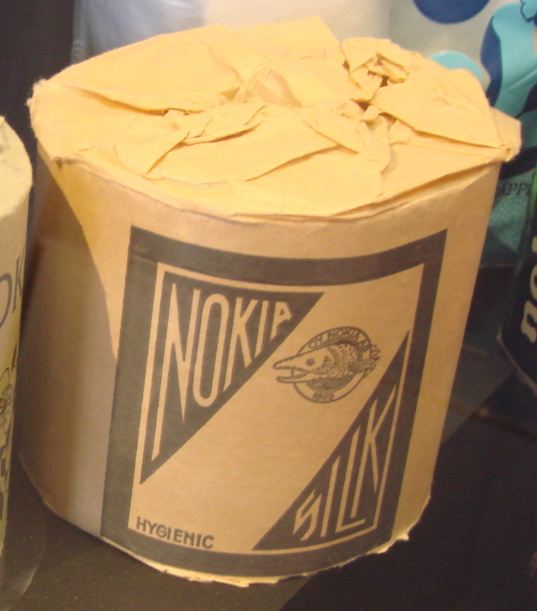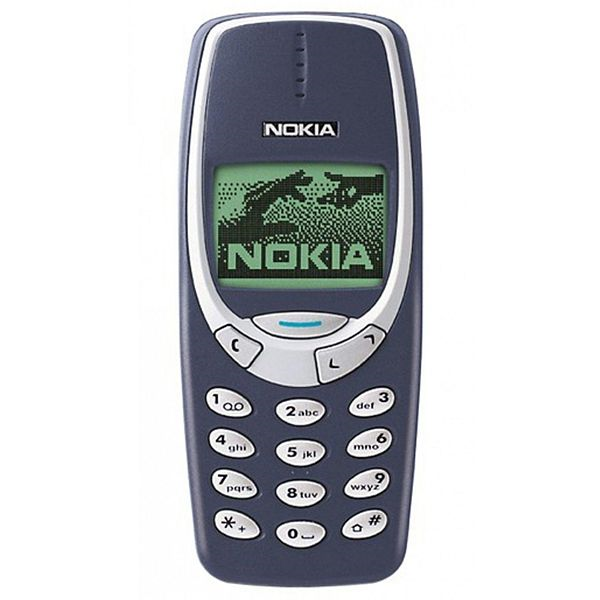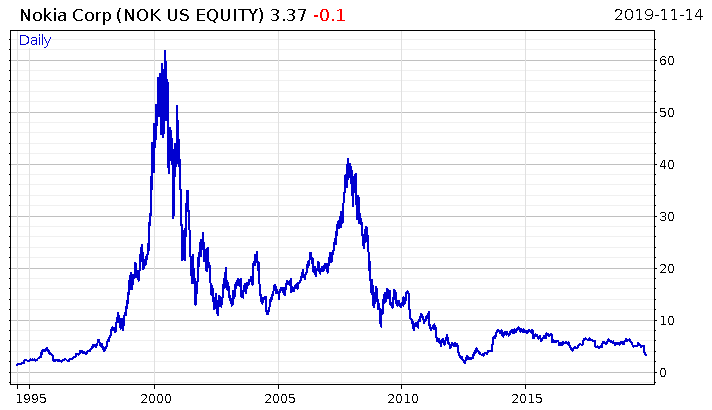Remember this thing?
A screen that never cracked…
A battery life that lasted for days…
Required no updates required. An actually finished tech product right off the shelf (perfection requires no improvement, as the Russians say of the Lada)…
Small and discrete, fitting easily in the hand or pocket…
Wouldn’t irradiate your eyes if somebody took one out during a cinema screening…
In short, pretty much the opposite of your average smartphone.
The Nokia “brick” is as iconic as it was indestructible. If they make a remake of The 39 Steps set in the 2000s, it’ll be a Nokia 3310 in the protagonist’s breast pocket which saves him from a bullet, and not a prayer book containing particularly dense hymns.
A buddy of mine bought a very tough case for his Samsung smartphone a while back, and had a routine of showing off how resilient it was by throwing it as hard as he could at the wall (generally after the consumption of several beers). He was a big fella back then, having spent a lot of time at the gym, and could really bowl it with force. It was a very impressive display, and the phone would keep working every time when he picked it up. Until it didn’t.
But back in the Nokia days, that wouldn’t even have been impressive. I remember some kid at school stealing somebody’s Nokia and flinging it from high up in the balcony of the assembly hall, only for it to be retrieved from the wooden floor boards far below with barely a scratch.
$NOK came far from its days as a loo roll manufacturer. At its peak during the dotcom boom, the Finnish company produced 21% of Finland’s exports, had a market cap that was 4% of Finland’s GDP, and accounted for 70% of the total market cap on the Helsinki stock exchange.
 Nokia toilet paper from the 60s reassuring labelled as “hygienic”
Nokia toilet paper from the 60s reassuring labelled as “hygienic”
Source: WikiCommons
But as you’ll likely have noticed, almost nobody uses Nokia phones any more. Nokia’s share of the global phone market peaked at almost 40% in 2008, and it ended up selling the mobile phone sector of its business to Microsoft.
Since then, well, it’s been a bad decade to be a Nokia investor:
But… there could be hope yet for the former “brick manufacturer”.
Back in 2016, Nokia became the first company to produce a 5G-ready network. 5G, the fifth generation of the internet, will bring massive change – though what change is very hard to guess.
From 1G through to 4G, every iteration has brought about new capabilities for mobile devices that very few people could imagine prior to that capability actually existing. The megatrend towards ever more media streaming content on to mobile devices seems obvious now with the rise of Spotify and Netflix, but very few anticipated it a decade ago.
While previous iterations of the internet progressed roughly unhindered by geopolitics, moved mostly by market forces, this time around, keeping China’s Huawei out has become a national security priority. Countries need to be very careful who they ask to implement their 5G infrastructure, because once its implemented they can’t just replace it with a new very easily and without massive cost; to borrow the tagline of The 39 Steps, they don’t want to be “handcuffed to the girl who double crossed them”.
Which makes old Nokia in Finland more appealing. Will Nokia rise like a phoenix from the ashes to facilitate Western 5G networks? Let’s watch.
All the best,
Boaz Shoshan
Editor, Capital & Conflict
Category: Market updates




